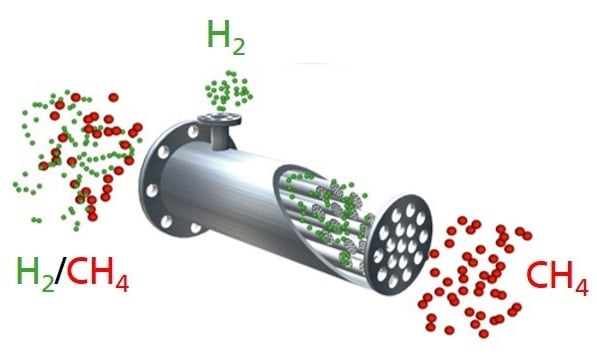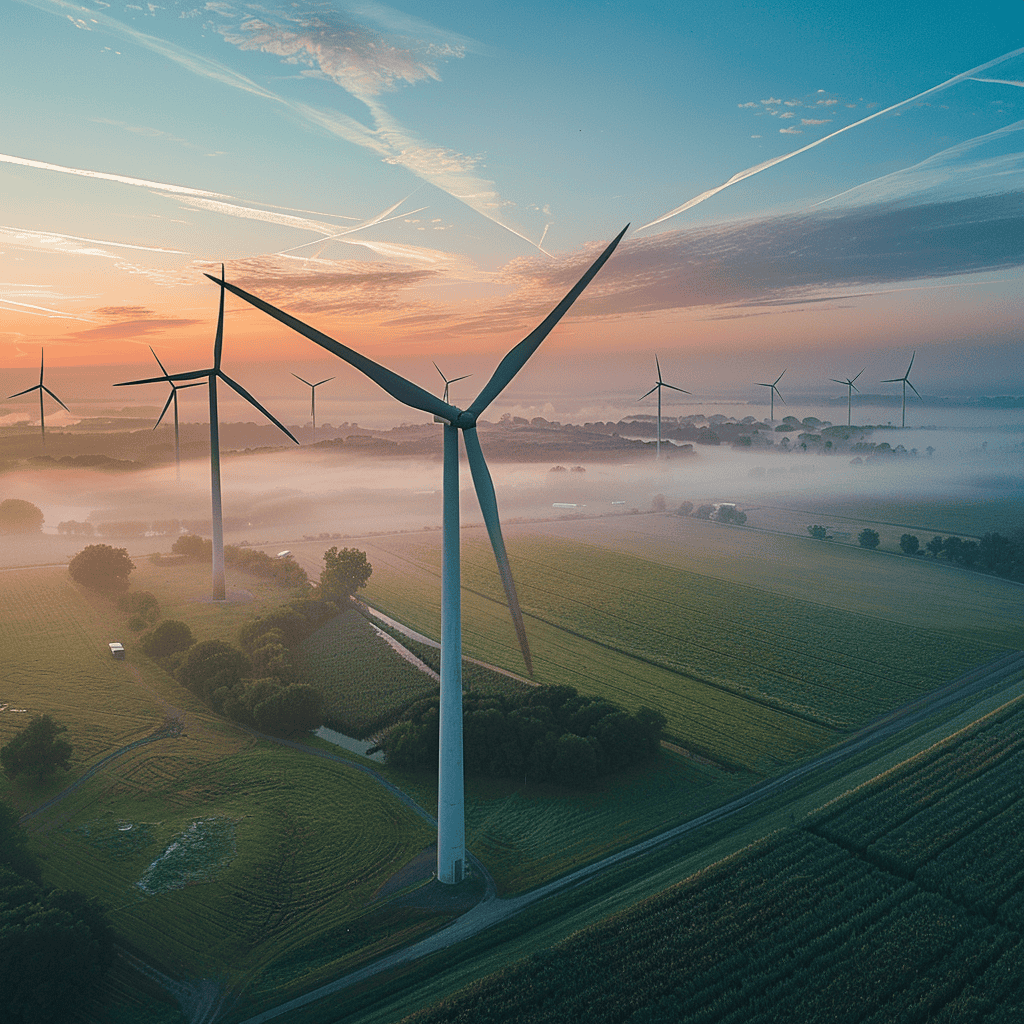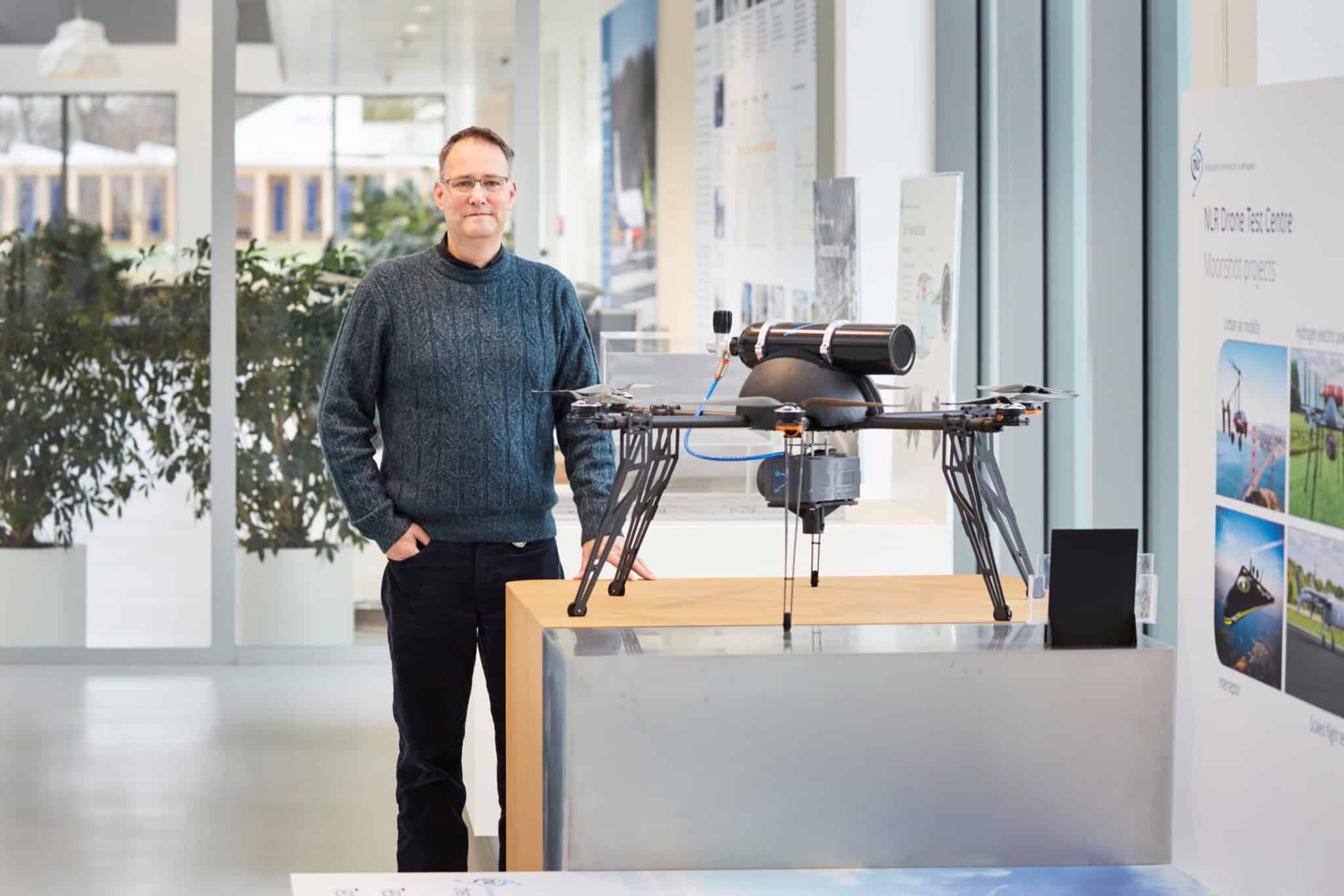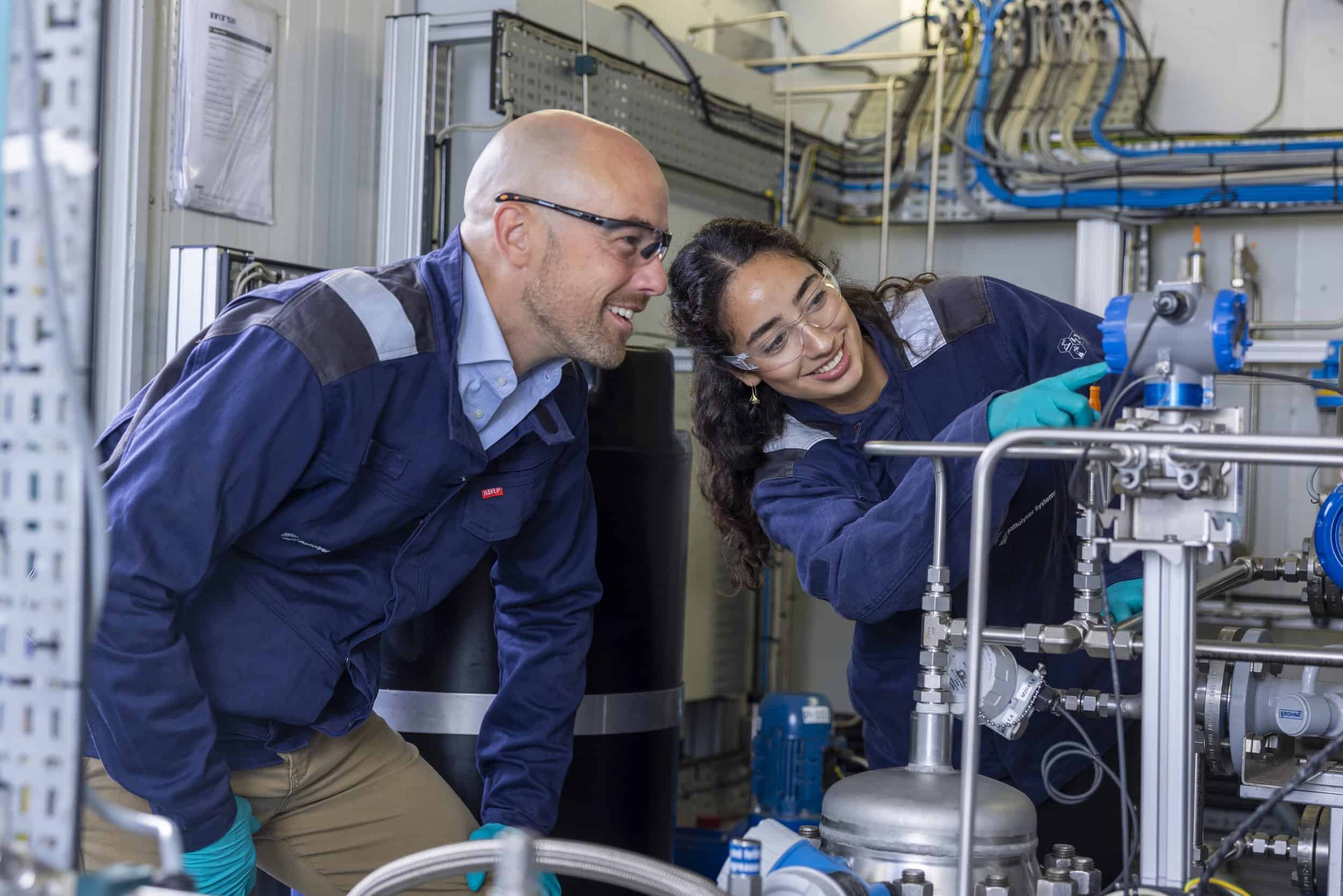
Researchers at the Fraunhofer Institute IKTS in Dresden, Germany, have developed a membrane technology that allows hydrogen and natural gas to be separated cost-effectively and efficiently after being transported through the regular natural gas grid.
Hydrogen is considered a fuel that – if produced in a green way – can make a major contribution to a CO2-free world by 2050. One of the problems that need to be overcome to achieve this is the establishment of a good distribution network.
It would be ideal if the gas grid could be used for this. This is very extensive in countries like Germany and the Netherlands. But particularly in the transition phase, hydrogen (H2) and natural gas (main ingredient methane CH4) will then have to flow through the network at the same time.
Tube with small holes
Chemically speaking, there is nothing wrong with the idea. The tricky part is that the two gases must be separated at the end of being transported. Fraunhofer has developed a tubular carbon membrane for exactly that purpose.

The membrane has tiny holes of less than a nanometer in diameter which in principle allow only the H2 molecules to pass through. The CH4 gas remains behind in the tube.
High level of purity
Fraunhofer’s Adrian Simon says the hydrogen is purified as much as 80% after this first filter. “We extract the remaining natural gas residues further in a second filtration so that we are left with hydrogen with a purity of more than 90%.” That hydrogen can then be used in the steel industry or for heating buildings, to name a few examples.
Fraunhofer is working with the Leipzig-based company DBI Gas und Umwelttechnik on the development. Work is now in progress on prototypes that can be tested in practice.
Read other news about hydrogen here.







